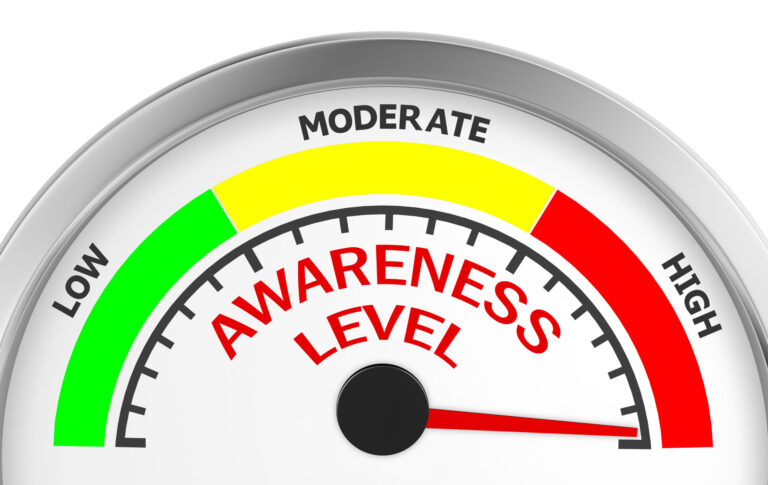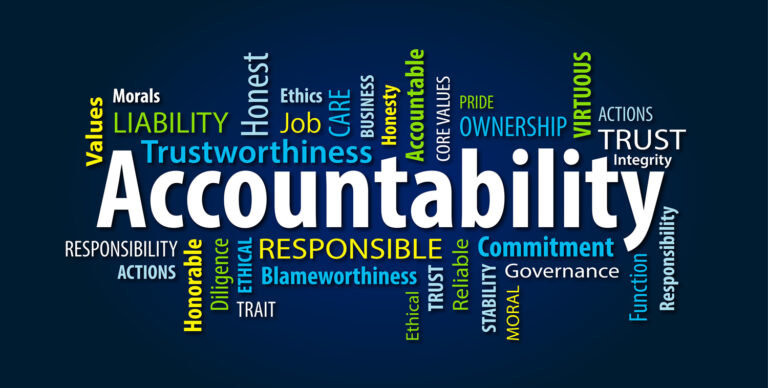Self-Leadership-Part 2
Self-leadership is the constant step of focusing on forward motion, and taking out your compass to make sure you’re always still heading north. Constant action in the wrong direction can be just as harmful as standing still, sometimes worse.
This is a constant three step process. As your journey keeps moving forward, you need to keep checking your sails to make sure the wind is moving you in any direction: this is self-leadership.
Next, you need to make sure you’re constantly checking the compass for due north: this is self-awareness. Finally, having the courage to look at your compass and know that north actually means north, and not “let the wind take me where it wants” is self-accountability.
The good thing is that as long as you’re constantly checking the compass for true north, don’t lie to yourself about what true north is, and that there’s always wind in the sails – you don’t need to worry much more about getting to your goals, it’s just going to be a bit more time until you’re having hot chocolate with Santa.
The trouble that most people run into with this is realizing that you need to keep running through the cycle. It’s not a recipe to cook, and then you’ve “succeeded”; it’s a constant turning of a crank through those three steps mentioned above.
It’s easy to become complacent after the first few miles of the journey, and believe that the journey is “on a good trajectory”. The reality is that currents and wind can change direction in an instant, much faster in real life than in a sailboat.
Industries can be destroyed in a blink of an eye, ask any travel agent what happened when the internet came along. Your personal goals can change as quickly as a car accident or a family member gets sick. This is why it’s a constant cycle, in good times and bad, to keep rotating through these three steps.
One of the important reasons that self-leadership is so important is because of passion. Passion is great when it’s getting you to jump out of bed, ready to conquer the day, but that’s not always there, and relying on that is setting yourself up to fail.
“The difference between a professional and an amateur is that while the amatuer relies on passion for progress, the professional relies on habits and self-discipline to fill in for the days passion doesn’t show up.” – Greg Gylling, Author
The reality of life is that everyone on Earth has 24 hours in their day, 7 days in their week and 365 days in the year. The difference between people who have achieved everything they want, and people who sit and suffer silently is the ability to really look at how their time is used.
The best way to show your true motivations is to look at the difference between where your plan was, and where you actually focused your efforts.
If you’re serious about getting your finances under control, take a month and look at what your budget was against the receipts of everything you bought. Sure you “really wanted to save money” but when you’re forced to look at each lunch eaten out, or money spent at the bar, or any other thing you promised you’d avoid, you’re getting what your true motivations are.
It turns out that getting out of debt just really wasn’t as important as a taco lunch with two beers and appetizers.
This same strategy is even more powerful when you focus it on the only finite resource you have: your time.
A funny part of life is that people who would drive 15 minutes to save a penny a gallon on gasoline rarely treat their time as valuable as a few dollars. You can always make more money, but you can’t make more time.
A great exercise to show your real preferences is as follows.
Attorneys are known for billing every single minute possible to their clients, so they have to keep meticulous records. Attorneys can tell you what they were doing from 3:30-3:40 on January 17th, 10 years ago; and if you want to focus your time as effective as they do, then copy what they do!
Take two pieces of paper, and along the left hand side, divide it into 12 sections vertically, and label them one through twelve. These are going to represent the time from midnight to noon on the first page, and then noon to midnight on the second page. Then make 3 rows of 2 lines within each of the twelve rows. Each of these lines is going to represent a 10 minute segment, meaning you’ll have 3:00-3:10 on one line, 3:10-3:20 on the next and so on, until your full day is accounted for in ten minute increments.
First comes the simple part!
You’re going to record everything you do in a single day, in ten minute increments. It will take 5 seconds per section, and if you work for 3 hours on something you don’t need to fill in multiple lines, just draw an arrow until you’re done and moved onto another task.
Now comes the painful part!
What we have are the “receipts” for how you actually spend your time. Sure you budgeted for 30 minutes in the gym, but it turns out 30 minutes was actually spent “settling in the office” in the beginning of your day. Between getting a cup of coffee, catching up with co-workers about last night’s big game, refilling the coffee and finally sitting down at your desk, it’s been almost 45 minutes before you actually start the work you’re hired to do!
Add in 15 minutes talking about where to get lunch with co-workers, 10 minutes on how the boss is a jerk and the quota’s we have are totally unachievable, 45 minutes at lunch, and then 15 more minutes to “settle back in” to work, plus 20 minutes of “checking facebook”, you’ve burned close to an hour and a half on something that gets you nowhere.
The point of this exercise isn’t to make it so you’re going crazy over not wasting a single minute of your time, or not being polite to colleagues, but to make you conscious of the time that you are wasting now without thinking.
When you do this for a whole week, which is enough for most people to consciously observe their behavior, you’ll see how quickly things like Facebook become (unpaid and totally unproductive) part-time jobs, with minutes adding into hours faster than you’d think. How many of these jobs have you signed yourself up for without ever thinking about it?
Over the course of six months, even ten minutes in the morning, ten at lunch and ten at night turn into almost 3 work-weeks! Imagine what you could do if you didn’t let yourself get off course like that and found 3 free weeks of work you could bring back to your life, how much faster would you achieve your goals?
- Would you have been able to get a realtor’s license and have a new source of income?
- Would you have been able to complete a professional certification and brought your career to the next level?
- Would your relationship with your kids be better if you could spend 3 extra weeks with them?
Even just taking the time to write down a few days can be enough for your subconscious to kick in, whenever you open up Facebook, or start up the Xbox, or think about heading to the bar for what you know is another night of wasted time, money and likely brain cells.
You know that no one but yourself is going to know, maybe you’re not really wasting your time, but when you shut the TV off, that’s when you’re exercising the self-leadership it takes to get what you want out of life.



